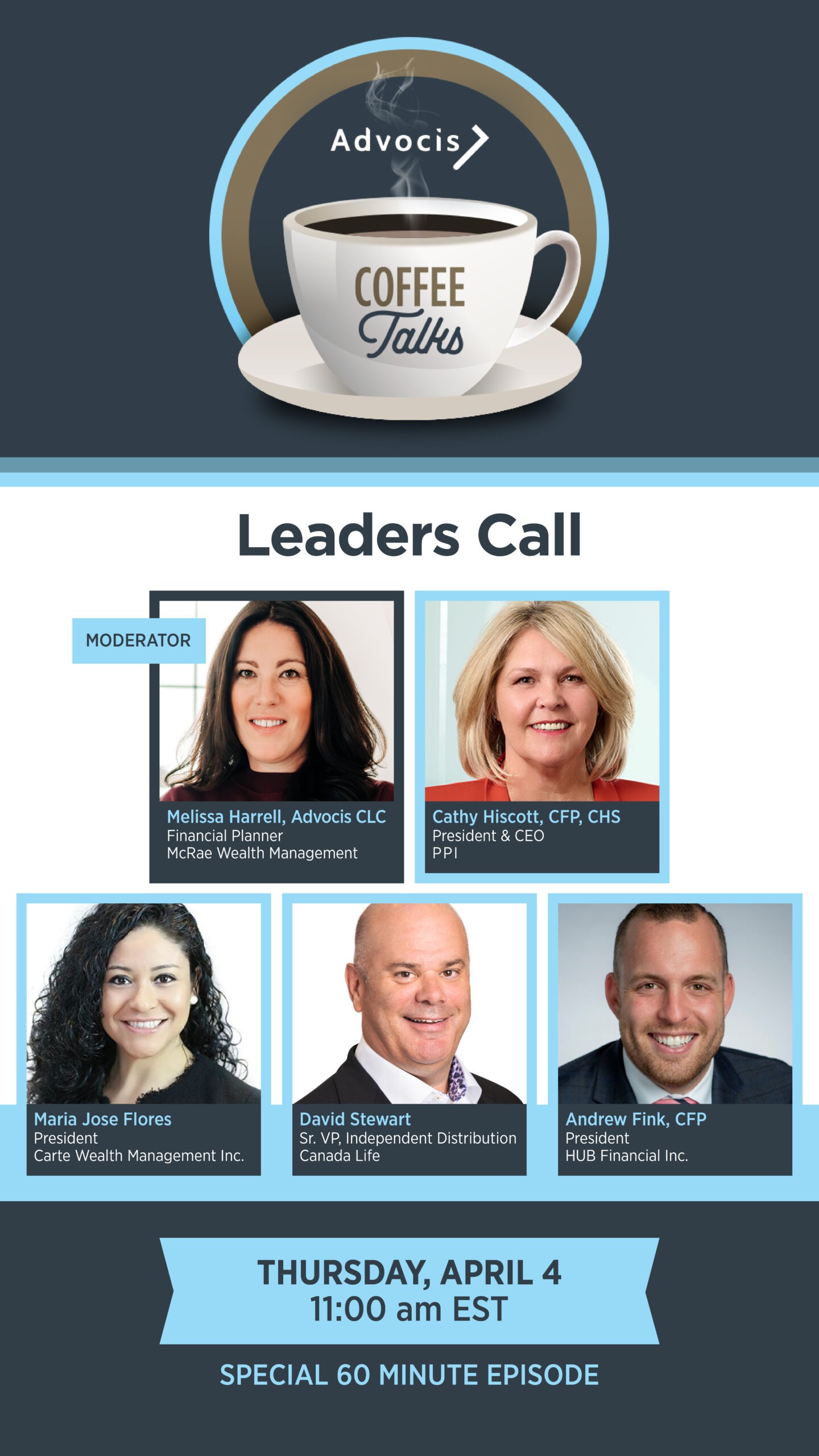by Steve Randall 01 Nov 2019
November is Financial Literacy Month, encouraging Canadians to take charge of their finances by making a budget, having a savings and debt reduction plan, and understanding their financial rights and responsibilities.
The Financial Consumer Agency of Canada has weekly themes through the month including starting with a budget, setting financial goals, being a smarter financial consumer, and borrowing money wisely.
Meanwhile Advocis, The Financial Advisors Association of Canada, has set Canadians a 30-day challenge to take concrete steps toward transforming their finances.
“More and more, we are hearing from people across all age groups and backgrounds about the need for programs targeting financial literacy,” said Greg Pollock, President and CEO, Advocis. “Advocis is again supporting Financial Literacy Month this year with a set of initiatives designed to help Canadians take charge of their finances. Fully supported by our 13,000 members in 40 chapters across the country, we are extending a challenge to the public to do the little things this month that can make a big difference in their overall financial health.”
The Ontario Securities Commission says that its focus for the month is connecting with people across the province, in person, online, and by phone.
“Improving people’s financial knowledge, skills, confidence and behaviours is a key area of focus of the OSC,” said Tyler Fleming, Director of the Investor Office at the Ontario Securities Commission. “People need the tools to make informed financial decisions, and through our financial literacy and investor education activities we’re helping millions of people get smarter about money.”








